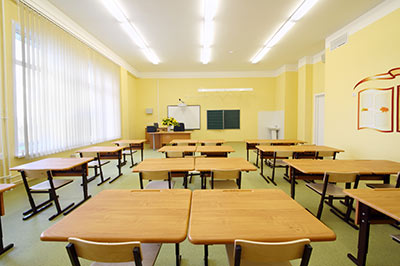Chan, T.C., & Dishman, M. (2011). 1 (1)
President Obama’s Education Blueprint of March, 2010 pinpointed safety and health conditions of school facilities as essential elements to improve school learning environment. The Blueprint concluded with increased flexibility and use of data to target health and safety needs of schools. This paper explored the current literature about school safety and health environment issues and discussed how safe and healthy school environment could be created. In addition to budget constraints, poor design, poor construction, poor supervision, poor maintenance, high abuse, high vandalism, high maintenance, and high risks are identified as challenges to school safety and health conditions. Implementation of flexibility and use of data to achieve a safe and healthy school environment for learning was also discussed.
View Article











